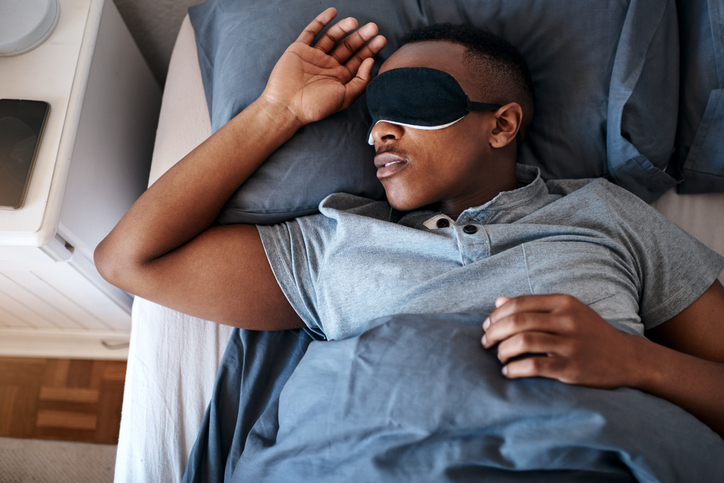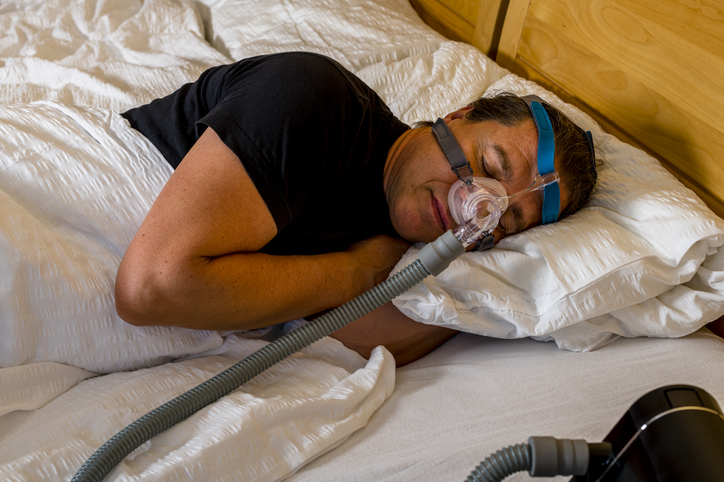Living with Chronic Pain
5 Tips to Reduce Pain at Bedtime

22 people found this helpful
Print
Share
Save
Bedtime is often challenging for those with a chronic pain condition. Pain can cause difficulty falling asleep, staying asleep, and resting comfortably. Lack of sleep can worsen pain, cause fatigue, and increase stress. The result is a vicious cycle.
Up to two-thirds of individuals with chronic pain deal with insomnia or other sleep issues. Reducing pain levels before going to bed can help with getting a good night’s sleep. Five tips to reduce pain at bedtime include the following:
- Take a short walk in the evening. Walking creates an increase in core body temperature. After a walk is complete, the core temperature drops, which can trigger the body’s sleep cycle. Walking can also reduce stress that may interfere with sleep. Walking strengthens muscles and improves flexibility, which can reduce certain types of chronic pain, such as lower back pain.
- Take pain medication at bedtime. When chronic pain interferes with sleep, taking pain medication before bed can make it easier to fall asleep and stay asleep. However, some pain medications, such as opioids, can interfere with sleep schedules. Check with your health care professional to ensure taking pain medication at night fits within your treatment plan.
- Use temperature therapy before going to bed. Taking a warm or cool shower, or applying a heating pad or ice pack to painful areas, can reduce pain before bedtime. Cold temperatures reduce swelling and inflammation, while warm temperatures relax stiff joints and muscles. Avoid falling asleep while using a heating pad or ice pack, since extended use of extreme temperatures can damage the skin.
- Take slow, deep breaths at bedtime. Slow, rhythmic breathing calms the body and mind. Shallow breathing creates lactic acid buildup in the muscles, which can worsen pain. Deep breathing promotes relaxation, which can result in less pain.
- Adjust your sleeping position. If shoulder or upper back pain is present, sleeping on the stomach should be avoided, due to turning of the neck. If you have pain in the lower back or hips, sleeping on the side or back is best. When sleeping on the side, bending the knees and putting a pillow between them may be most comfortable. It is important to adjust your sleeping position for proper weight distribution and to ensure you are comfortable.

















